Now a days, connecting with clients online and promoting products through the internet is important for many companies. Given that more consumers are using the internet for information, entertainment, and shopping, organizations are more capable of reaching the target market through online platforms. Although, the question that interests most people will be; what is digital marketing and why is it so important; This guide will introduce readers to the topic of digital marketing and discuss its subtopics, its approaches, and its advantages.
Understanding Digital Marketing
Digital marketing is a general term that is used to define any marketing process that utilizes the internet or any electronic device to its completion. This comprises of numerous tools and tools that can be used by the business people to communicate with their target groups, market their commodities or services among others with an aim of making profits.

Digital marketing can be distinguished from traditional marketing as the former involves promoting products using digital platforms and not using print media, billboards, and television advertisements.
Those focused on digital marketing have the primary purpose of reaching out to the target and existing consumers with useful content, special offers, and direct messages, through any available online channels. In this way, business entities can promote their brands and websites, and potentially establish more clients among the target audience.
Types of Digital Marketing
Digital marketing is an enormous area of study that has some components without which it cannot work.

Each of them has a role to make in the creation of the perfect digital strategy, as it will be established here. Here’s a closer look at these core elements: Let me explain more on a these core elements:
1. Search Engine Optimization (SEO)
- What It Is: SEO is used to improving usability of web site and its contents in order to produce improved ranking on search engines results. It is designed to increase the number of non-paid visits, which stems from the increased correspondence the layout of the website to search engines, including Google.
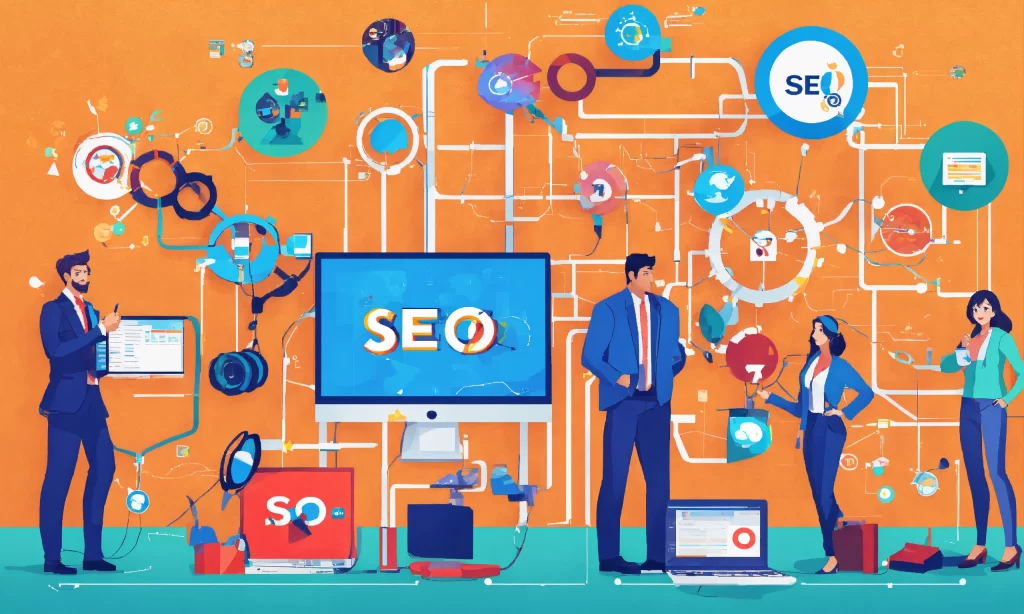
- How It Works: That comprises of Keyword research, On page optimization and off page optimization which includes back links and social indicators. In optimization of the website it gains better ranking and so it stands a chance to come up when people search other related terms.
- Why It Matters: There is always the chance that people will come to your websites more often if is ranked high enough within the visiting search engines and thus the rate conversions.
2. Content Marketing
- What It Is: Content marketing primarily focuses on creating and executing a strategy that will incorporate the production of relevant, timely and valuable for attracting target audience. This content can in fact be a blogging post, it can be a video, an info-graphic, an eBook and so on.
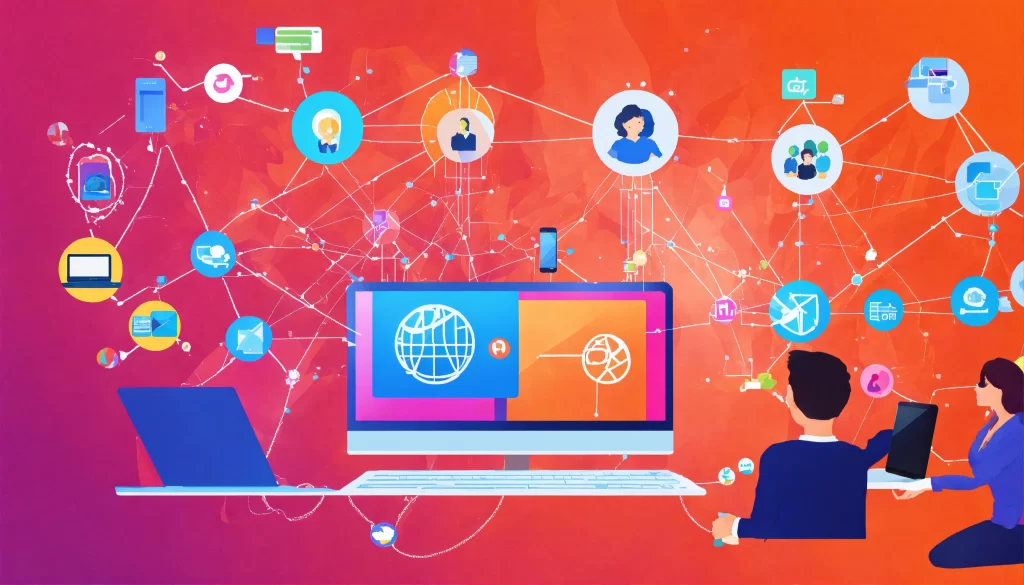
- How It Works: However, comprising the elements of what used to be called advertisement, content marketing is aimed at providing the customer with value in the form of information or a form of entertainment and, thereby, being the source that the customer turns to. At other occasions it may entail a content calendar which could often be tactical, which is a step by step and forward looking tool where evaluation of the content is done in relation to the intended goal to be accomplished.
- Why It Matters: It also gives a brand familiarity, builds the clients’ allegiance and also brings traffic to your website.
3. Social Media Marketing
- What It Is: SMM is the use of social networks such as Facebook, tweeter, Instagram, linked in among others to market a brand or product.
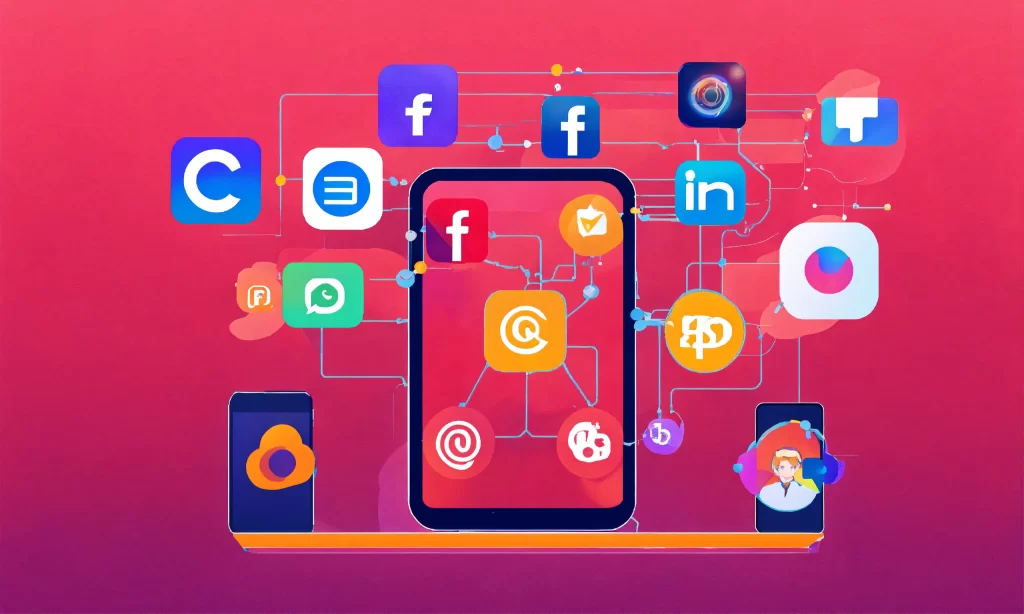
- How It Works: SMM involves making posts, sponsored ads, interacting with audience, and tracking effectiveness of campaigns. They are effective in helping businesses communicate directly with the public or customers, handle feedback and create friendly community relations to the businesses’ brands.
- Why It Matters: It is one of the most effective platforms that provide an opportunity for reinforcing the company’s presence and enhancing the relations with the buyers.
4. Email Marketing
- What It Is: Email marketing is a way of developing leads and relations with the subscribers using the email to convert them to buyers.
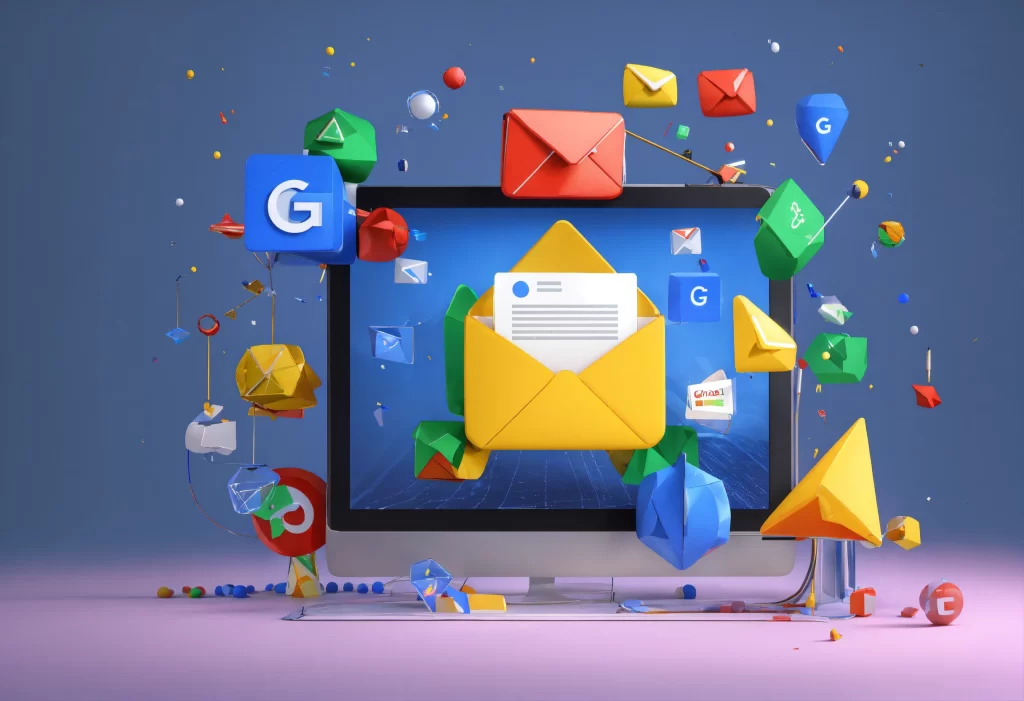
- How It Works: This consists of, using relevant and personalized content in emails, using list of users and dividing them according to their activity or age, and evaluating the results of the emails opened, clicked and purchased from the sent campaigns.
- Why It Matters: What is more, one of the most popular techniques still is email marketing which allows communicating with the audience directly and intriguing them.
5. Pay-Per-Click Advertising (PPC)
- What It Is: PPC advertising means using paid campaigns on the Search engine and Social media accounts. Of the two, PPC is costlier because people have to pay any time a specific advert is clicked on.
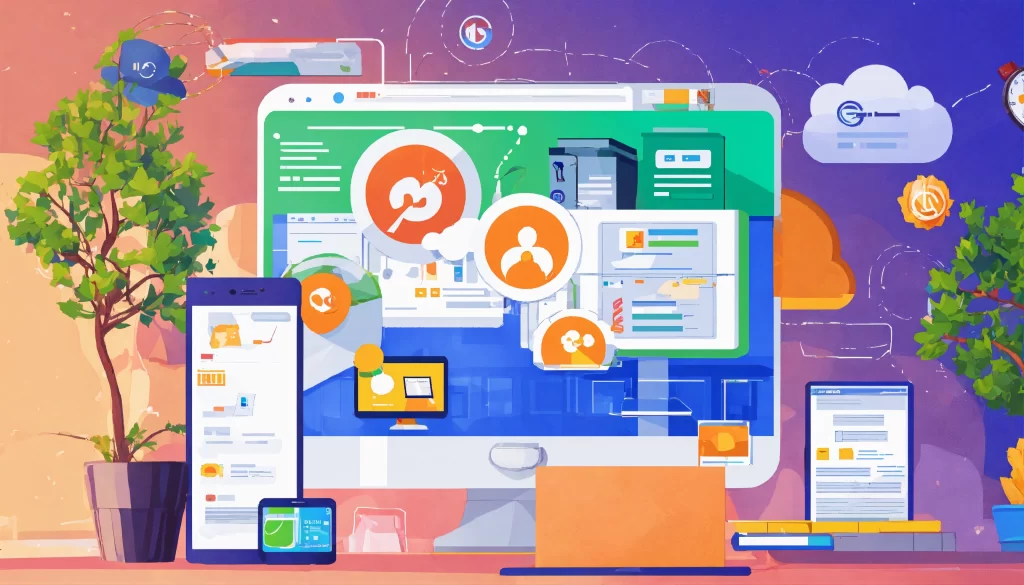
- How It Works: PPC refers to paid advertisements whereby one bids for particularly selected terms, comes up with appealing statements and aims at a particular population group. Google Ads and Facebook Ads give you many targeting features so the ads that you deliver will be seen by the right audience.
- Why It Matters: One of the biggest things about PPC is just that it can bring traffic and, therefore, results in the door, making it quite good for conversion-focused, short-term campaigns.
6. Affiliate Marketing
- What It Is: Refers to the merging of other parties or individuals (affiliates) to market products or services with the promise of commission through sales driven by the affiliate.

- How It Works: Bloggers or social media enthusiasts, whose page are mainly related to your business, are paid to lead people to your website. They get paid on actual sale made or any action as per the guidance of the link given by them.
- Why It Matters: Affiliate marketing expands your base on the networks of your affiliates and is also a pay as you go model to sales.
7. Influencer Marketing
- What It Is: It refers to getting the services of a person who has a large number of followers on the internet, social media or other relevant channel.

- How It Works: Influencers post content that includes your brand or in which they promote it within their audience, and in a familiar tone. This can involve stuff such as post sponsored, product endorsement, and anything that has to do with brand association.
- Why It Matters: By leveraging on the influencer’s reputation with the eager audience, influencer marketing can enhance on its awareness and credibility.
8. Analytics and Data Analysis
- What It Is: Analytics and data analysis entail gathering a set of measurements of performance of your digital marketing effort to gain insights.

- How It Works: Some of the quantifiable metrics include website traffic, the user interactions, conversion rates among users, and even the responsiveness of campaigns. By so doing, this data is very useful in making right decisions and make right strategies.
- Why It Matters: Apart from all this, knowledge of business helps you to make informed decisions and consequently enhancing the overall marketing strategies and it’s result oriented.
Digital Marketing Strategy
Developing an successful digital marketing strategy involves several key steps:

1. Define Your Goals: Digital marketing strategies, make sure that you have a very clear goal that you will be trying to achieve during your online activities, whether it will be to create brand identification or to build lead or even to sell.
2. Understand Your Audience: Make the market and audience analysis that will help define their needs, preferences and activity in the Internet space. This in turn assist in the formulation of personalized and targeted marketing communication.
3. Choose Your Channels: Depending on the target audience and objectives identify the appropriate digital marketing communication channels for the target group.
4. Develop a Content Plan: Set up a content calendar that lists the kind of posts that you will be publishing; the channels you will be using and the image frequency.
5. Implement Tactics: Implement the digital marketing strategies like SEO, content creation & management, and social media marketing as per your plan.
6. Monitor and Analyze: One should employ analytic tools to observe performances of the campaign as well as to assess fundamental parameters. This will enable you determine what has been effective and what has not been effective.
7. Optimize and Adjust: By using analytical findings, suggest alterations to your strategies and the techniques you apply in order to enhance performance and reach your objectives.
Benefits of Digital Marketing
Digital marketing offer many advantages over traditional marketing methods:

1. Cost-Effectiveness: Some of the most common approaches in digital marketing like content marketing or using social media platforms cut fairly expenses compared to the traditional advertising methods.
2. Targeted Reach: Digital marketing enables marketers to target only a segment of audiences depending on their demographic status, behavior, or interests.
3. Measurable Results: Digital marketing does not require the use of segmentation and targeting, but, generally, its campaign results can be monitored and analyzed in real-time, which means a more accurate determination of ROI.
4. Global Reach: Modern communication technologies have continued to eliminate the barriers of region thus allowing organizations to increase on the market size they can access.
5. Personalization: Digital marketing is known to offer customers’ engagements hence making the experience endearing while at the same time creating a high probability of conversion.
6. Flexibility: Campaigns used in digital marketing can be easily altered depending with the results obtained hence enhancing the efficiency of the campaigns used.
7. Engagement and Interaction: Digital can both be used as an immediate communication tool to the target consumers as well as help in the development of a loyal consumer base.
Challenges and Considerations
Digital marketing offer many benefits, it also come with its own set of challenges:

1. Increased Competition: The digital environment is already saturated and therefore the need to give a brand a unique edge over the other brands out there.
2. Rapidly Changing Trends: Like any other marketing communication field, digital marketing involves trends and technologies and changing at a very fast rate making it compulsory for marketers to keep abreast with the changes.
3. Privacy Concerns: While the current norms for data privacy legislation continue to tighten, businesses will have to ponder upon the compliance aspect and the manner in which the customer data is being handled.
4. Complexity of Tools and Platforms: The available and reputable digital marketing solutions and technologies are numerous and this means that seven different businesses will need to invest in the right solutions as well as human resource.
5. Measuring ROI: Digital marketing offers immense valuable and relevant data for marketing analysis but ROI analysis can be challenging or even problematic when it comes to cross-channel marketing.
Conclusion
- It can agreed that digital marketing has revolutionized business communication with the target market and the means of attaining marketing objectives. Through varying approaches and mediums, organizations increases their likelihood of reaching the targeted customer base as well as encouraging correlations in sales.
- Many key factors are important to Digital Marketing and those include recognizing the significant element of Digital marketing, developing a clear plan to execute this strategy and finally knowing what is happening today in the digital marketing industry. For any business person, digital marketing can be an opportunity that can change the fortunes of the firm and make the brand grow to another level.








